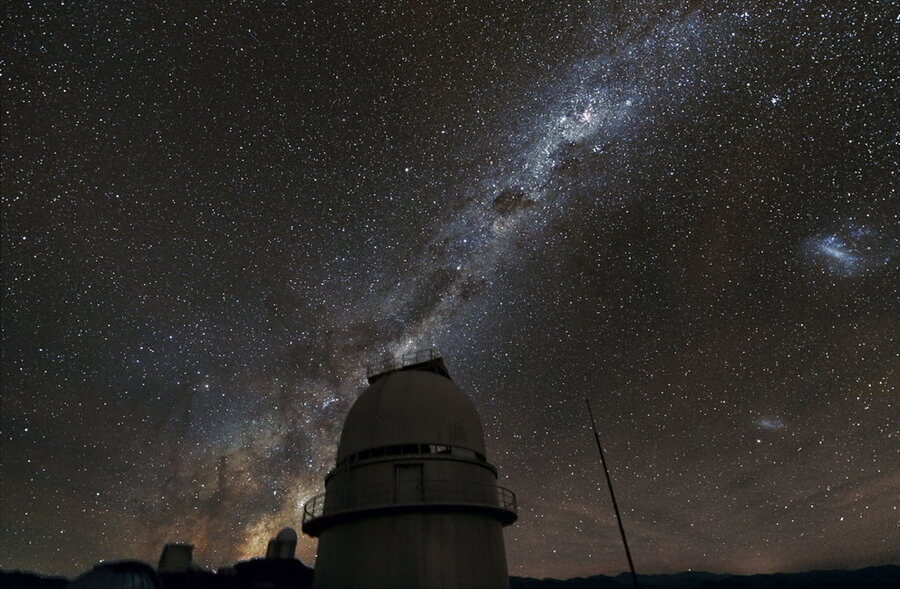Unusual new planet casts doubt on how planets form
Loading...
Scientists are at 900 and counting.
Astronomers added one more planet to a roster of about 900 known planets outside our solar system, in a surprising find that could challenge the reigning theory about how planets are made.
The newly discovered planet is orbiting TW Hydrae, a small, young, dwarf star some 176 light-years afield from Earth, at a distance of about 7.5 billion miles from the the star – roughly twice as far as Pluto's orbit around our sun.
TW Hydrae’s youth – it's only 8 million years old – makes it an unlikely candidate to host a planet, scientists say. In that short space of time, a planet should not have had time to form – especially around such a small star, with a mass about half that of our sun and not enough material twirling around it for a new planet to sap up and affix to itself.
"It's so intriguing to see a system like this," said John Debes, of the Space Telescope Science Institute in Baltimore, Maryland, and the head of the research team that identified the gap, in a statement. "This is the lowest-mass star for which we've observed a gap so far out."
Scientists identified the possible planet after the Hubble telescope noted an unusual gap in a vast disk of gas and dust some 41 billion miles wide swirling around TW Hydrae. That gap, about 1.9 billion miles wide, suggests the presence of a growing planet whose gravity is scooping up the disk’s materials.
According to the prevailing theory, in which aspiring planets slowly amass dust, rocks, and gas from the protoplanetary disk, a planet 7.5 billion miles from its star should take about two billion years to form. That calculation is based on estimates that Jupiter, at just 500 million miles from the sun, took 10 million years to form. Using that rate of gestation, this new planet should take 200 times longer to form than did Jupiter.
If TW Hydrae does have a planet – and scientists still aren’t quite sure – that could prompt a major reevaluation of how planets are born. One theory competing with the current prevailing belief posits that a piece of a disk could become so gravitationally unstable that it collapses on itself. That would allow a planet to grow up in just a few thousand years.
"If we can actually confirm that there's a planet there, we can connect its characteristics to measurements of the gap properties," said Debes, in a statement. "That might add to planet formation theories as to how you can actually form a planet very far out."
The still forming planet is thought to be a small one, about 6 to 28 times more massive than our little Earth.
Congratulations, scientists – it (might be) a planet. Happy Father’s Day.








